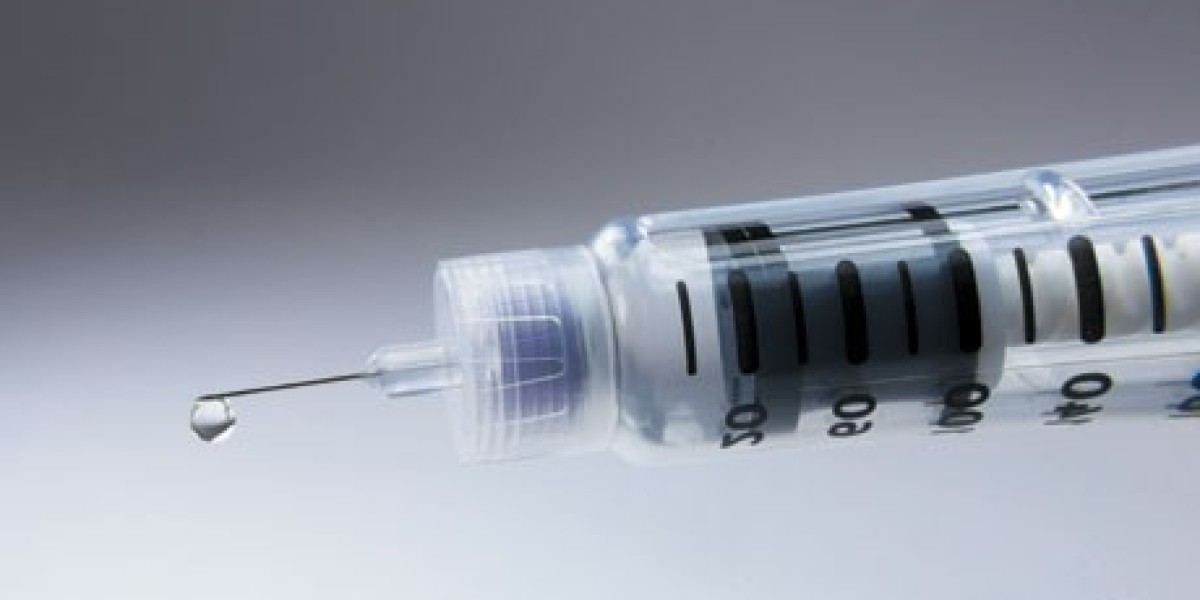What are the regulatory requirements for prefilled syringes in laboratory environments?
Prefilled syringes are subject to strict regulatory standards, especially in laboratory environments involved in pharmaceutical production and biologics research. These regulations differ by region but are mainly governed by organizations such as the U.S. FDA, EMA in Europe, and Japanese Pharmacopeia. In the U.S., prefilled syringes are classified as either Class II or III medical devices depending on their use, with requirements for conformity to standards set forth in the FDA's 21 CFR
.
In Europe, prefilled syringes are considered a drug delivery system and a medicinal product. The EU MDR 2017/745 requires that manufacturers meet the General Safety and Performance Requirements (GSPR), including testing for biocompatibility, sterilization, and stability. Laboratories must also adhere to guidelines such as ISO 11040, which covers the general and performance standards for prefillable syringes, ensuring that they are tested for factors like leachables, extractables, and sterility
.
2. How do biodegradable prefilled syringes impact the environment and healthcare?
With the push toward sustainability, biodegradable prefilled syringes are emerging as a key innovation in the healthcare industry. Traditional syringes, especially those made from plastic, contribute to medical waste, which is a growing environmental concern. New biodegradable materials, such as biopolymers, are being developed to minimize the ecological footprint of disposable medical devices
.
Biodegradable prefilled syringes have the potential to reduce landfill waste and incineration-related emissions. However, there are challenges in ensuring that these materials maintain drug stability and meet regulatory requirements for sterility and safety. SCHOTT Pharma and BD (Becton, Dickinson and Company) are at the forefront of developing these solutions, focusing on materials like cyclic olefin polymers (COP) that offer biodegradability without compromising on product integrity
.
3. What are the ISO testing standards for prefilled syringe materials?
ISO standards play a crucial role in the quality assurance and safety of prefilled syringes. The most relevant standards include ISO 11040-4, which outlines the requirements for the glass barrels of prefillable syringes, and ISO 10993, which focuses on the biological evaluation of medical devices, including tests for cytotoxicity, irritation, and hypersensitivity
. These standards ensure that the materials used in prefilled syringes—whether glass or polymer—are safe for use with sensitive drugs like biologics and vaccines.
Innovative testing technologies have emerged to support these standards. For instance, high-speed camera inspections and automated filling lines are now used to ensure consistent production quality and reduce contamination risks. This is particularly relevant for advanced materials like SCHOTT’s FIOLAX® glass and COP polymers, which are designed to meet stringent regulatory demands while offering superior performance in terms of chemical resistance and mechanical strength
.
4. What are the differences between glass and polymer prefilled syringes?
Glass and polymer prefilled syringes both have distinct advantages depending on the application. Glass prefilled syringes have long been the industry standard due to their high chemical resistance, which is essential for maintaining drug stability. They are commonly used for biologics, which can be sensitive to interaction with packaging materials. Companies like SCHOTT Pharma continue to innovate in this area with their syriQ BioPure® range, which is specifically designed for sensitive biologics
.
On the other hand, polymer prefilled syringes, especially those made from cyclic olefin polymers (COP), offer several benefits in terms of durability and design flexibility. They are lightweight, shatter-resistant, and can be molded into complex shapes. This makes them ideal for applications where safety and user comfort are paramount, such as self-injection devices for chronic conditions
. Additionally, COP syringes are more compatible with deep-freeze storage, making them suitable for vaccines that require ultra-low temperatures, such as mRNA vaccines
| For more info. | Market Research | Related Report | Prefilled Syringes Market |
| Health Insurance Market | |||
| Patient Engagement Solutions Market |










